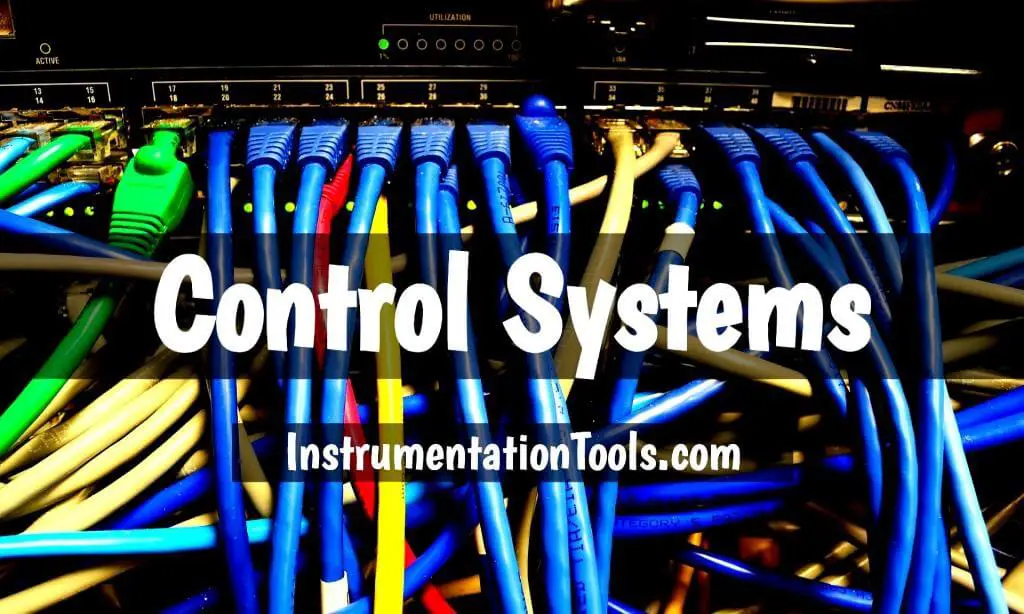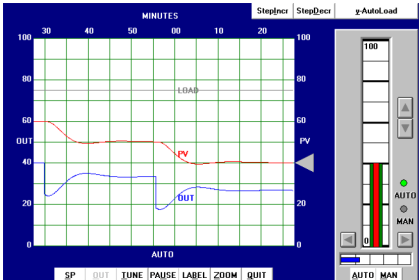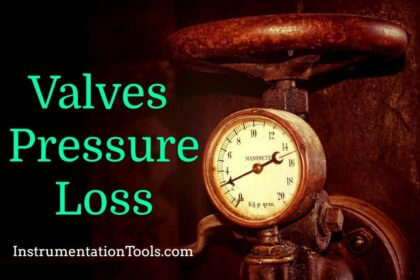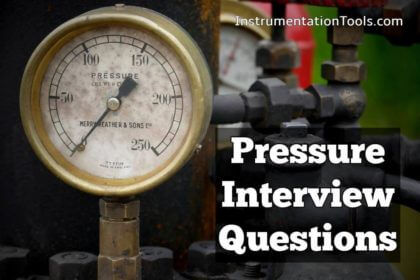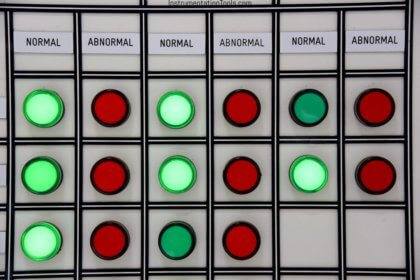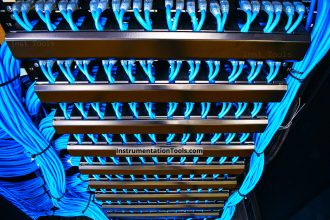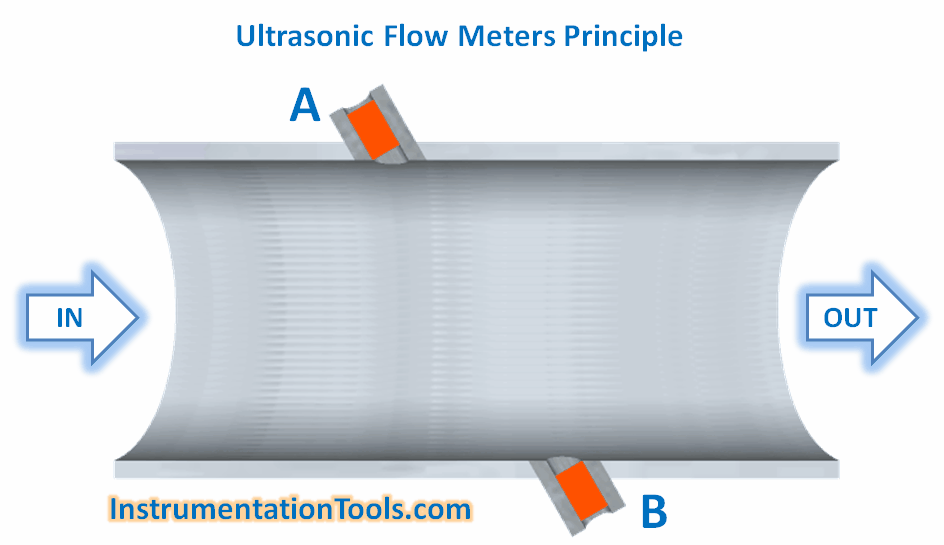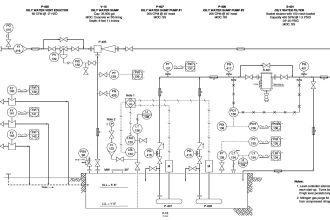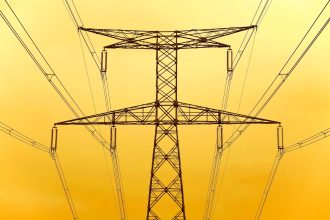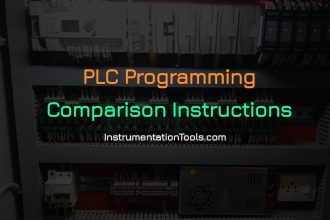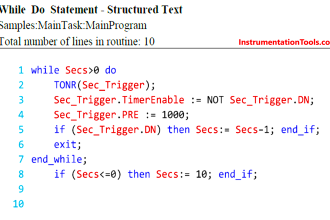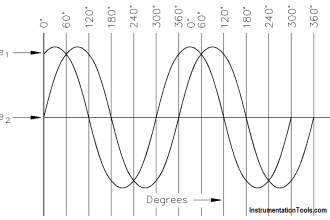Check this article on Control Systems Interview Questions & Answers useful for DCS PLC SCADA RTU Automation Engineers Interview preparation.
Control Systems Interview
What are Analog Input/output & Digital Input/output?
4-20 mA signals from instrument (transmitters) are analog input to control system.
4-20 mA signals to instrument (I/p & electro pneumatic positioner) are analog output from control system.
Volt free (24V) contact (NO/NC) by instruments (all type of switches, ex. Limit switch, press,temp,flow,level switch) are digital input to control system.
All powered signals (24V, 48V, 110V….) from system to instruments (SOV) are Digital outputs.
Types of instrument cables?
IS – Intrinsic safety & NIS – Non Intrinsic safety
Which cable to use, depends upon hazards condition.
Instrument JB’s ?
Instrument JB’s depend upon hazards area classification.
JB’s also can be IS or NIS
For IS signal IS JB’s used for NIS signal NIS JB’s used
For analog I/p & o/p signal we can use same JB.
But for Digital I/p & o/p we have to use separate JB’s. Because digital outputs are powered signal, by wrong connection there may be chances to damage the card.
For DCS I/p & o/p and PLC I/p & o/p we used separate JB’s.
What is open loop & close loop?
OPEN LOOP : This is nothing but to sense the process signals from the field and to send it to the control room for operator monitoring only.
CLOSE LOOP : This is measuring the process signals for operator’s action. Means Transmitter (Tx) sense the process and send it to the control room. Where the PID controller takes control action and that given to the final control element as per the process requirement.
Compare DCS and PLC Systems ?
Distributed control system (DCS) and Programmable logic controller (PLC). These are the control systems which handles fields I/Os. Basic difference between DCS & PLC is
1) DCS handles more nos of I/Os rather than PLC.
2) PLC is faster system than DCS.
3) DCS can handles handsome quantity of I/Os so that can be used for total plant automation. Where as PLC has own limitations so it generally used for small but for important(Safety point of view) units, like boiler automation, Make-up compressor automation Etc.
4) In the above mentioned case the these PLC’s can be get connected with the DCS with the help of soft link. Generally this is used to make alert to both the operator.
5) As I heard the PLC used to handle the DI/DO signals so it can take fast actions. Some of the time it is used to handle few nos of AI/AO.
6) DCS & PLC’s speed depends on the scan rate of I/Os.
7) For both the system Marshalling panels, Consoles and other facilities of Ethernet Etc can be used according to the need.
8) According to the Cause and effects diagrams the System programmer assigns the control action block into the system, we can call them as memory assigning.
While making Datasheets which things are to be considered?
Basically it depends on the instrument item for which you are preparing the datasheet.
As an Example. Temperature Element.
We have collect following information to prepare D/s.
1) Type of Temperature Sensor(T/C or RTD, in case of T/c which type J, K, R, S etc.)
2) Head details
- Screw-cap and chain,
- material,
- conduit connections,
- terminal block > single or duplex.
- material,
- Construction,
- dimension,
- connection. Etc.
In case of valve
1) Process Details
2)Material of construction(Valve body, Trim),
3) Operating action,
4) Type of operating characteristics
5) Stroke time
6) Accessories attached Etc.
What are temperature elements?
- Thermocouples
- RTD’s.
What is cable tray? Its type? Its size? Its support?
Cable tray is nothing but the way or media through which we lay the field cables in plant.
There are two basic types
1) Ladder type (made in Rungs type construction)
2) Perforated Type (Solid sheath consist of Holes for ventilation).
Basically discussing about tray support than we could say it depends on the site conditions. Only care has to be taken considering adequate space for laying cable, considering their bends.Etc.
How to decide cable tray size?
According to the no. of cable occupancy in the cable tray and available tray size we have to choose it. they are available in foll. types 80, 150, 300, 450, 600 & 900.
What is meant by instrument location & JB location?
This consist of Instrument location considering the piping drawing given from Piping dept. We identifies the locations of the instrument in the equipment layouts and put the bubbles and elevation and JB nos for the location.
Same way depending upon the accessibility we decide the location of JB and marking of it into the instrument location plan is JB location. There is no need to make a different drawing for this.
While locating Instrument & JB which things we have to consider?
Transmitter : Tube routing, maintenance area, man approach,
Valve : Hand wheel operations, Maintenance area, Etc.
Loop power indicators : Man approach Illumination from Electrical if instrument is not going to provide.
What is the use for cable entry in control room? (sleeves & MCT)
In the process plant Control room built considering the non-hazardous area. So in case if fire/Explosion takes place in the plant than that has to be restricted from entering into the control room.
So MCT(Multiple cable transient) blocks are used. They are designed to sustain the fire for a fixed time duration. That block hold the cables which are entering into the CCR.
Instrumentation Questions List
1. How you can prepare instrument cable schedule, which things we have to consider while preparing cable schedule.
2. What is instrument index or instrument schedule, which things we have to consider for the same?
3. What is instrument support or stanchions?
4. What are the process & pneumatic hook ups?
5. What are thermocouple & RTD’s principles & types? For more than 400 or 450 degree Centigrade thermocouple is used, below this temperature RTD is used?
6. What is Foundation field bus?
7. How to do the JB grouping?
8. How to do the MTO? (Material takes off)
9. How to do BOM? (Bill of Material)
Also Read: General Instrumentation Questions
